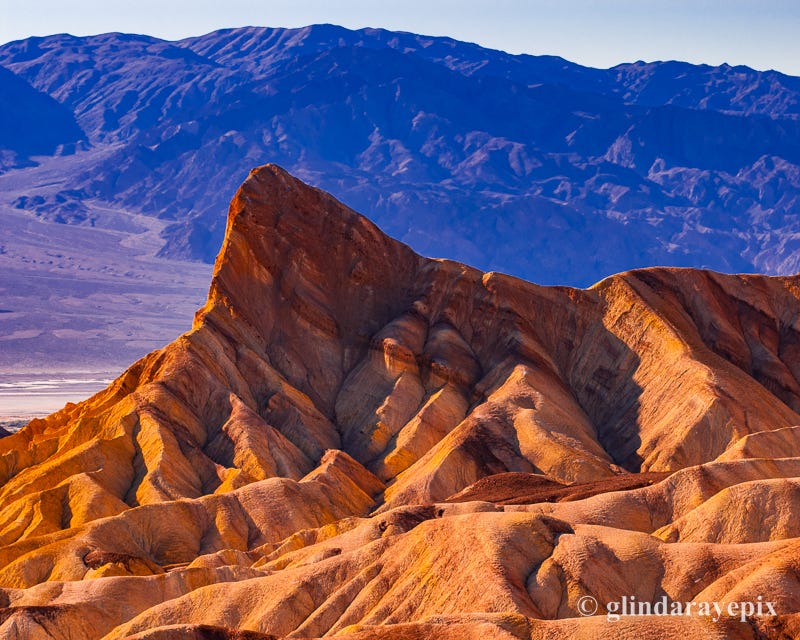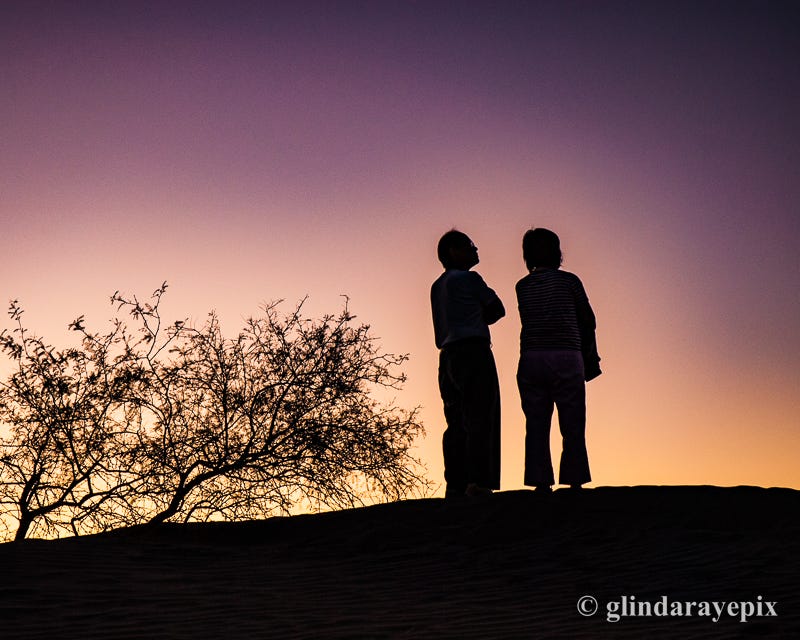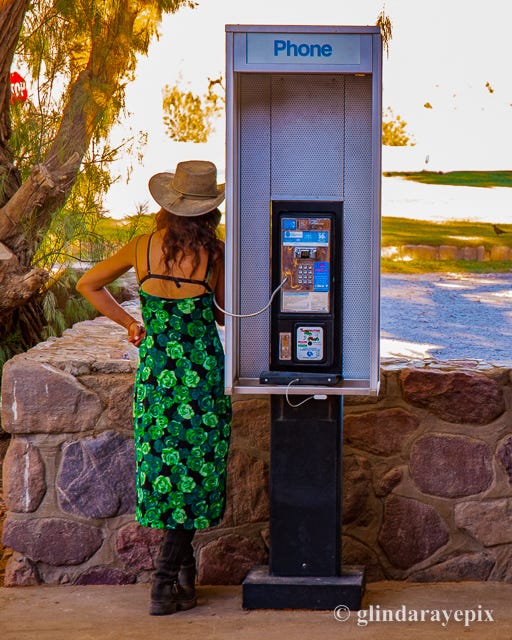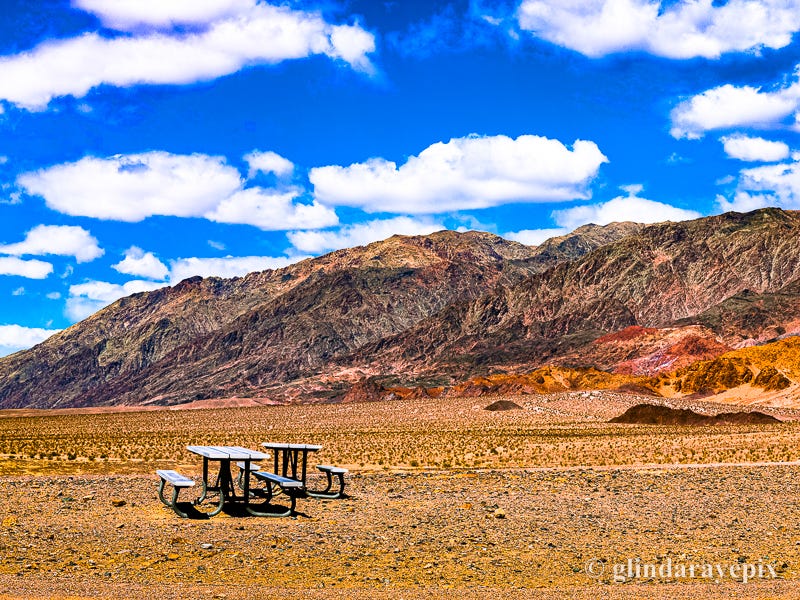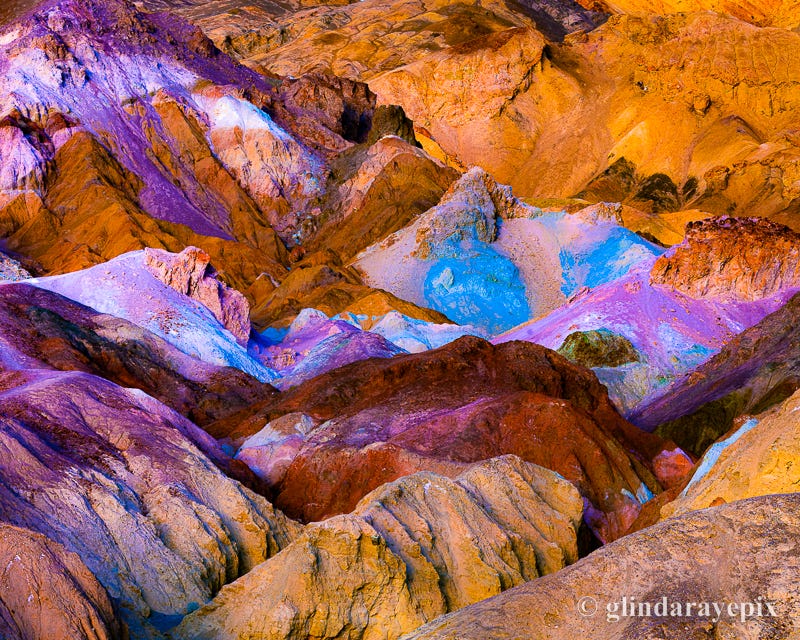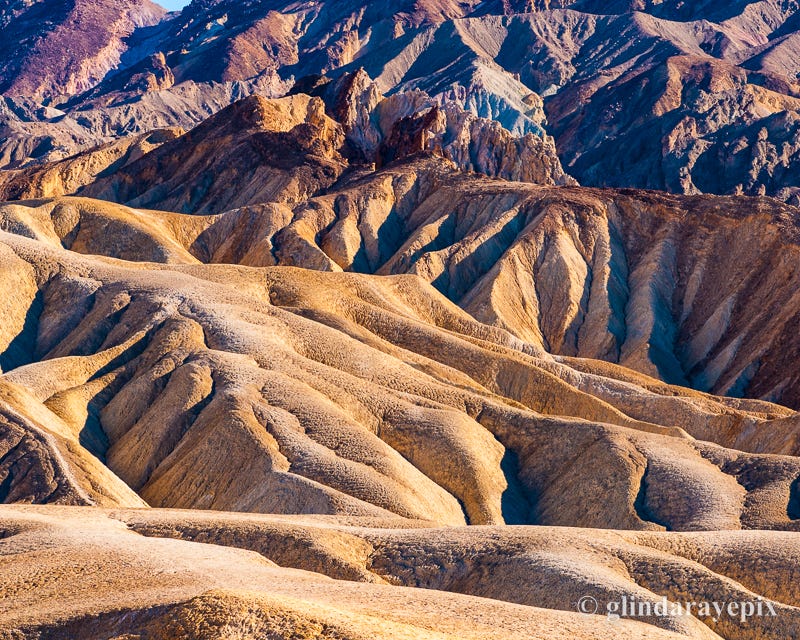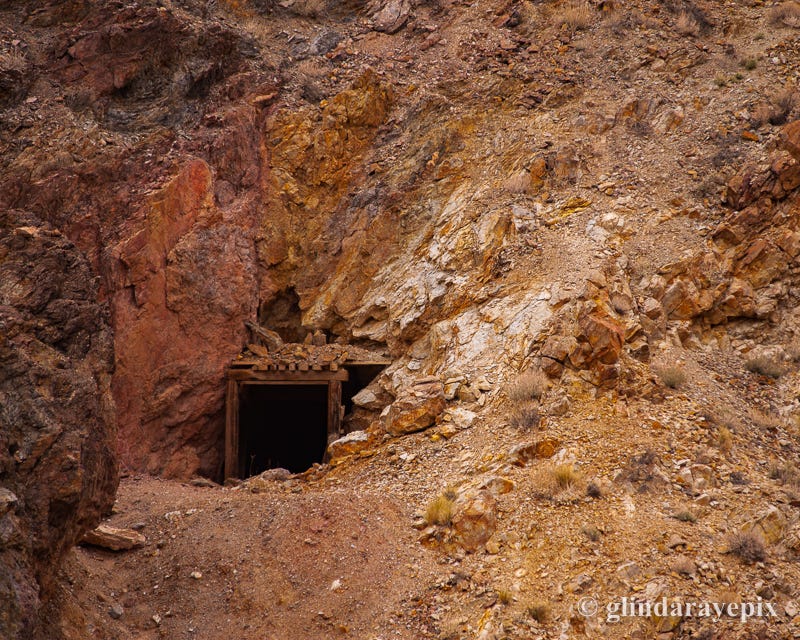Hard as it is to imagine, some of the most scenic and spectacular lakes on the planet Earth have never been seen by human eyes. No, we're not talking about the hidden reaches of Antarctica, the Andes, or the Himalayas. Thanks to satellites and high-resolution camera work, those extremes have been thoroughly mapped, photographed, and in many frigid cases, traversed by human feet.
But there's an entire class of lakes (and rivers too) that have never been seen, only because they dried up and disappeared thousands and even millions of years ago. So sorry, fellow tourists, you can cross these geographical wonders right off your bucket list. The puzzling question, in fact (for the less committed scientists among us), might be: Why did we bother to name them at all?
One of the more impressive bodies of named, but non-existent water in America, sandwiched between the enormous high deserts of California and Nevada, is called Lake Manly.
William Lewis Manly was a generous soul with a profuse, tangled beard who earned his memorial by rescuing stranded pioneers in the Gold Rush of 1849. Yet if you search for Bill's favorite lake on a map, all you'll find is a long, broad finger of very low-lying, dry-as-dust badlands called Death Valley.
A desert is typically defined as any land mass that receives less than 10 inches of rain per year. Death Valley, at 2.2 inches, comes in well below that. It is (allegedly) the hottest place on Earth—or at least it was on the afternoon of July 10, 1913, when 134 degrees Fahrenheit was (allegedly) recorded at Furnace Creek.
With ground temperatures that hit 200 degrees, the rain can evaporate as quickly as it hits the ground. Not great for water-skiing, but the perfect place to celebrate National Fry an Egg on the Sidewalk Day (yes, there is such a Thing, which also happens to be known as Independence Day).
But in our humble opinion, the name given to this geographical wonder by those exhausted 49ers might be a bad rap. No one in the troupe who came up with the hyperbolic moniker died of anything related to sun or heat. For the obstinate travelers of the 19th century, in fact, there were far more hazardous crossings. The Great Salt Lake Basin, the Humboldt Sink, and the Colorado River above the Grand Canyon claimed the lives of hundreds of professional soldiers and adventurers—much less drunken muleskinners, wagon-training families, or starry-eyed tourists in their station wagons.
Of course you could, and still can, die visiting places like Death Valley, but these days, it requires a thoroughly careless attitude to screw things up that badly.
At times, it feels like the evolution of the modern American Southwest was as much an advertising campaign and a con game as a historical imperative. Think of the Pasadena Rose Parade and San Diego's gorgeous Hotel Coronado, both designed to peddle real estate to newspaper readers and visitors from all over the globe.
Most people of an earlier generation learned about Death Valley from the radio and TV show Death Valley Days, that helped launch Ronald Reagan's political career and offloaded metric tons of great-great-Granny's favorite laundry soap, Twenty Mule Team Borax, and its hand-scouring cousin, Boraxo.
The largest man-made structure in Death Valley, Scotty's Castle, still serves as an appropriately picturesque monument to the role of the con man—and the selfless benefactor—in the selling of the West.
Walter E. Scott spent a lifetime hawking shares in non-existent gold claims to gullible Easterners. In 1900, he quit Buffalo Bill's Wild West Show and married a woman he nicknamed Jack. Together, Scotty and Jack bilked investors out of millions (or maybe thousands, this being a tale of legendary exaggeration).
The shenanigans made Scotty famous and brought him to the attention of one of the nicest men in American history, Albert Mussey Johnson of Oberlin, Ohio. Even after Scotty's schemes were exposed, Johnson financed Jack and the kids, and even included rooms for the aging swindler in his construction of the Castle.
Yet for all the noisy human plunge through the American Southwest into the modern age, the most impressive and enduring feature of Death Valley originated far earlier, when tectonic forces shaped its quiet, eternal, and even serene emptiness, especially at twilight and dawn.
For wannabe landscape photographers like us, deserts provide the ultimate test of technical and artistic skill. We can't rely on the gaudy architectural pretensions of Kings and Sultans or the spiraling imaginations of city planners in places like New York, Paris, or Istanbul. The perfect shot doesn't stare us in the face like it does in an Egyptian souk, a French palace, or a quaint English village.
In any vast, monotone space like Death Valley, you have to go back to the fundamentals of proportion and perspective, light and shadow, time of day, of creating—or rather unleashing—tension and momentum by the placement of your subject in the frame. And this might all sound like technical mumbo-jumbo, but spend a few hours googling simple photographic concepts—Negative Space, Rule of Thirds, and Magic Hour, to name a few. Follow that up with a sojourn in Death Valley, and the artistry of your vacation slide show will earn you the envy of all your neighbors.
Our vote for Ugliest (or most accurately libeled) Place on Earth might well go to the Dead Sea on the Israeli-Jordanian border. Over millennia, the salts left by the evaporating water have saturated the ancient landscape with a hardscrabble, gray dreariness that resists the most determined Photoshopper. Hardly what you'd expect of an area the western world has long called its Holy Land.
In America's Death Valley, there are afternoons, particularly in the summer, when the heat and glare burn much of the landscape into a colorless nightmare for the eyes. But Dead or Death? Not really. Unless you do something really foolish, like:
Confusing an abandoned mine shaft with the monkey bars of your childhood.
Forgetting to notify the Park Ranger station when you wander off to somewhere you probably don't belong.
Forgetting to check the weather forecast before crawling into a flash flood slot canyon.
Running out of gas and water because it was too hot to get out of the car.
Or something equally foolish we haven’t thought of.
Maybe those early settlers should have just named the place Manly Valley. But if they had, would we still be writing about it?



